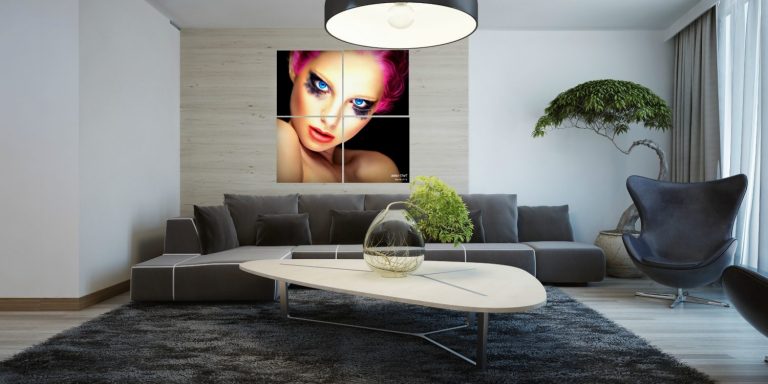Creating your dream home isn’t as easy as influencers online make out. In fact, it takes a whole lot of planning to even get started. Whether you’re making the most of the popular vertical radiators in the UK or you’re trying to decide where to put your new corner sofa, a lot of preparation needs to take place to ensure that everything fits nicely. So, if you’re trying to plan your room layout, keep reading and find out exactly what you need to consider beforehand.
Sizes and Measurements
One of the first things you need to know is what all of your measurements and sizes are exactly. There’s no point in guessing or estimating, you need to physically measure it all with a tape measure and make notes on everything. This way you can be 100% certain that your layout is accurate, and everything will slot nicely into place when you come to arranging the room. It’s also important that you measure everything in the same unit as well. It’s no use having the sofa measured in inches if the coffee table is in centimetres. You want to make sure that all of your furnishings are measured accordingly and added into your layout so that it makes your life easier, not harder. So, don’t try to do anything else until you’ve measure what’s going in the room.
Window Positions
You also need to take note of the window positions and add them into your layout. Otherwise, you might think that on paper your new bookcase looks great against the rear wall. But when it comes to placing it in the room, you find that it covers half of the window and completely throws off your design. Window positions can also impact where you place your radiators too, as you might want to avoid placing them underneath them if they’re going to be too tall. Always take note of your windows in the room, and you’ll find it much easier to plan the placement of your furniture.
Think About Foot Traffic
While it can be fun to come up with all sorts of interesting designs for your room layout, you really need to think about what it will be live to actually live in it. You might think that a small gap on paper isn’t so bad, but when you have to squeeze through the doorway every single day, it might be a different story. You also need to ensure you take the amount of people that will likely use the room into account as well. If you only make it liveable for one or two people when you’ll actually have four using the space, then you’ll soon run into problems. Make sure that you think about the foot traffic that will be coming through the room on a daily basis. This way you can create a liveable space that’s accessible to everyone.
Start With The Biggest Furnishings
When planning your layout, it’s a good idea to start with the biggest pieces of furniture first. Things like the sofa, tables, bookcases, and even TV units need to be the focus of the room. These are the essentials and need to be accounted for before you even think about putting in all the littler pieces that you have. You’ll find it much easier to work with a layout that has all the major components in it first, rather than trying to squeeze them in where possible later on down the road. Don’t leave them until the last minute, otherwise you’ll find it a real challenge to fit them in. You may even have to start all over again!
Don’t Overcrowd
A layout is extremely useful when getting a good idea of what a room will look like once the design is completed, and all the furniture moved in. However, it’s easy to get excited and throw too much into a room and overcrowd it. This is something that you really want to avoid as it will make the room feel cramped and poorly designed. Try to keep your accessories to a minimum, and only have the essentials of what you need. This way you can create a clean, fresh looking room that feels inviting. Overcrowding soon makes a space feel small, dark, and restrictive, which are three things you definitely don’t want your home to feel! So, always remember that less is more in these situations.
Work From The Outside In
While it may seem obvious, try to work from the outside in when planning your room layout. Starting with the larger objects that are going to go against the walls will help you to see how much space you actually have left to work with. You’ll also avoid putting too much in one area and leaving other spaces bare this way too. This doesn’t mean that all of your furniture needs to go around the perimeter of the room in a boring square. Instead, it will help you to figure out what space you can utilise the best and what’s room you’ve got to spare.
Planning your room layout before moving the furniture around or in is a fantastic way of ensuring that everything fits. You’ll find that your finished design looks much better when you actually spend the time to plan it carefully, and putting it together is so much easier as well. So, make sure that whenever you plan on changing up your living space, that you create an airtight room layout and you’ll soon be able to achieve the room of your dreams.



0 Comments